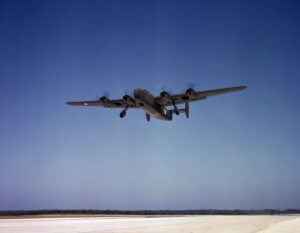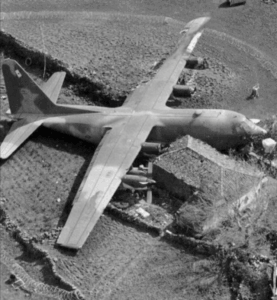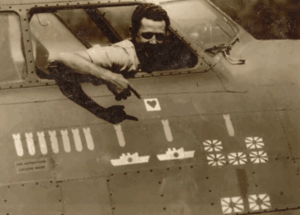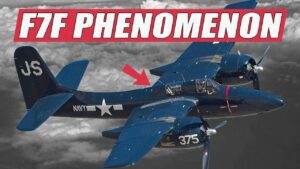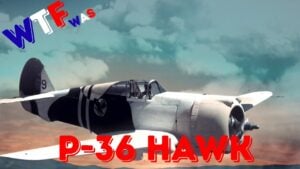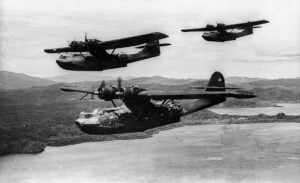How Flying ‘Upside Down’ Helped Allied Pilots Ambush Japan’s Deadliest Fighters
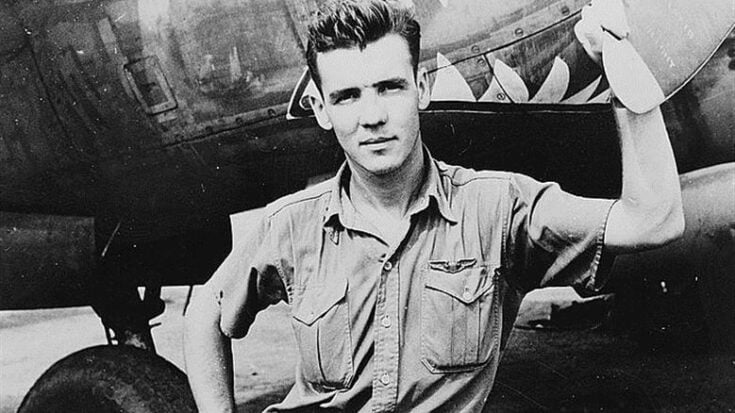
USAAF, Public domain, via Wikimedia Commons
Chaos Over the Solomon Islands
In August 1943, 18,000 feet above the Solomon Islands, Lieutenant Richard Bong’s P-38 Lightning was under attack. Three Japanese Zero fighters had ambushed his patrol, sending his wingman spiraling into the Pacific. Now, Bong was alone, his aircraft shaking under bursts of gunfire. A Zero clung to his tail, and every defensive move he knew failed to shake it.
In a desperate moment, Bong did the unthinkable. He rolled his Lightning upside down and shoved the control stick forward, plunging toward the ocean inverted. Blood rushed to his head as his vision blurred red. For two seconds, he could see nothing but the blur of gauges. When he leveled off at 12,000 feet, the Zero had overshot. By accident, Bong had found a new way to survive—a maneuver that would later change air combat across the Pacific.
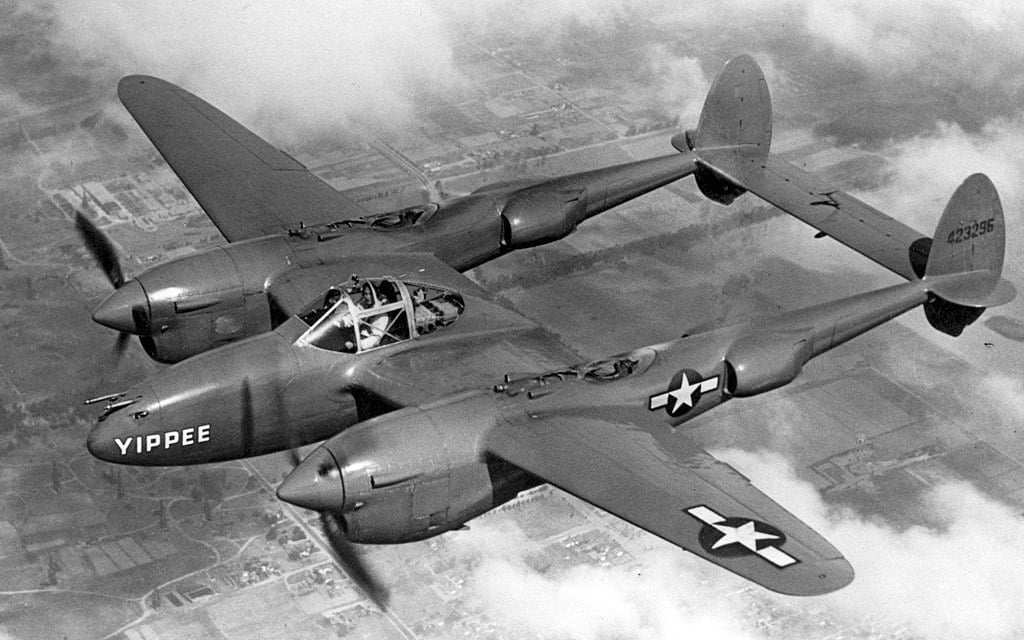
The Zero’s Deadly Advantage
At the time, the Japanese Zero ruled the skies. Its light frame and tight turning radius made it almost unbeatable in horizontal combat. In the early stages of the Pacific War, the kill ratio often stood at three Japanese planes destroyed for every nine Allied losses. American fighters like the P-38 and P-40 were heavier, slower in turns, and less agile. Trying to fight a Zero in a traditional dogfight was suicide.
But American aircraft had their own strengths—stronger armor, faster dives, and more powerful engines. Pilots soon realized that to win, they had to stop fighting on the enemy’s terms. They needed a tactic that could break contact and use their superior dive speed to strike back from above.
The Birth of the Inverted Dive
Major Thomas Lynch of the 39th Fighter Squadron was the first to turn Bong’s accidental move into a deliberate tactic. In April 1943, he used an inverted dive to escape eight Zeros at 20,000 feet. He rolled his P-38 upside down, pushed into a steep dive, and watched as the enemy fighters failed to follow. Their lightweight airframes could not withstand the pressure of negative G forces, and their engines often sputtered out mid-maneuver.
Lynch’s escape became a revelation. Instead of climbing or turning, American pilots began rolling inverted and diving to break contact, then climbing again to attack from advantage. The technique spread across airfields by word of mouth—no manuals, no official approval, just whispered advice between missions. “If a Zero’s on your tail,” veterans told rookies, “go inverted and dive.”
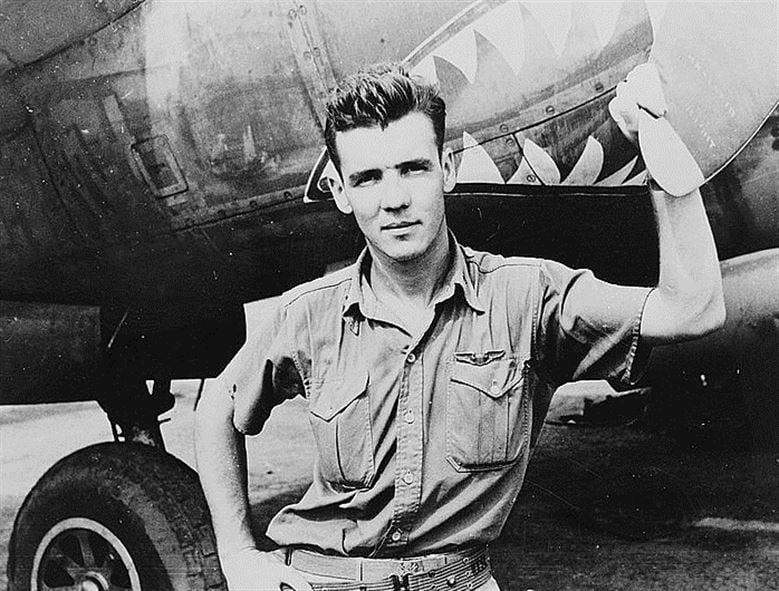
Survival Through Physics
The inverted dive, later known as the Split-S maneuver, exploited the fundamental differences between the aircraft. The Zero could turn tighter, but it couldn’t handle sustained negative G forces. American planes like the P-38, P-47, and Corsair, with sturdier frames and fuel systems that tolerated pressure shifts, could endure the strain.
It wasn’t easy. Pilots often flew blind during the dive, their faces flushed crimson from blood rushing upward. Flight surgeons on Guadalcanal recorded burst blood vessels and pounding headaches—but those were the complaints of men who made it home. A few seconds of pain meant another chance to fight again.
Turning the Tide
By late 1943, the maneuver had spread across the Pacific like an open secret. P-38 Lightnings, P-47 Thunderbolts, and F4U Corsairs all adapted it to their styles of combat. Colonel Neil Kirby warned his men bluntly: “If you try to turn with a Zero, you die. Go vertical.” The tactic worked. American fighters dove faster, pulled harder, and reentered combat with the sun behind them.
The Japanese pilots mistook the inverted dive for retreat. But the Americans weren’t fleeing—they were resetting. As Zero pilots tried to follow, their wings warped or engines starved of fuel. Over Leyte Gulf, Lieutenant Colonel Thomas McGuire dove inverted at over 18,000 feet. The Zero behind him broke apart under the strain. The once-unstoppable aircraft was now outmatched by its own limits.
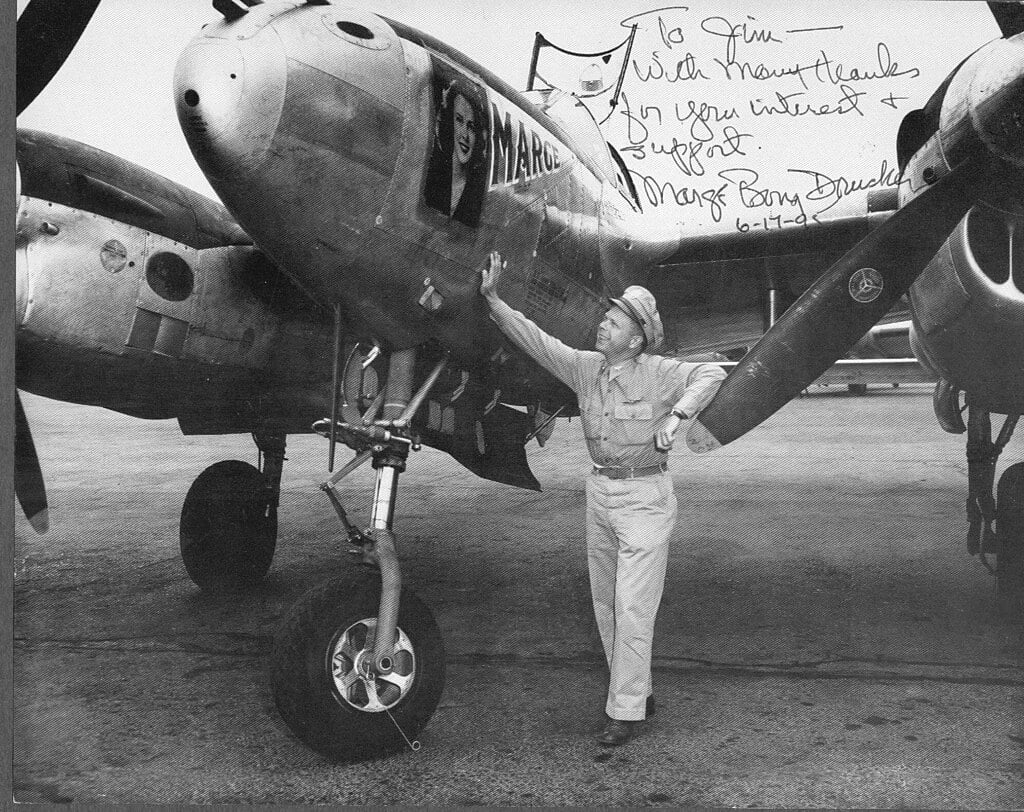
From Desperation to Doctrine
As the Allies refined the tactic, Japan’s air advantage collapsed. Newer aircraft like the J2M Raiden arrived too late, and Japan’s pool of experienced pilots dwindled. By 1944, kill ratios had reversed. The Americans who once fought just to survive were now the hunters.
The inverted dive outlived the war. Jet pilots in Korea and Vietnam applied the same principle—using gravity, speed, and unpredictability to escape or strike. What began as a desperate move over the Solomon Islands became standard doctrine in fighter schools like Top Gun.
Richard Bong survived the war with 40 victories, the highest of any American pilot. He and men like Lynch proved that survival wasn’t about superior machines—it was about thinking faster than the enemy and daring to fly upside down when it mattered most.













